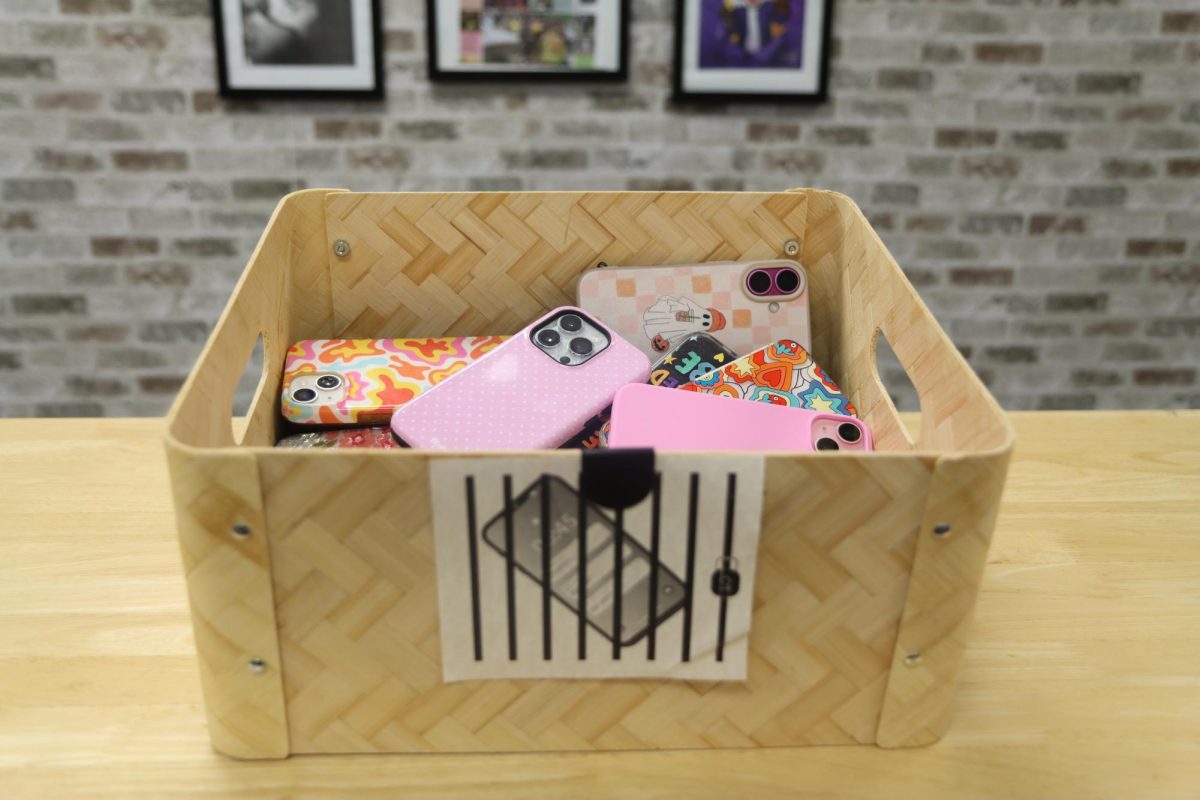In 1775, the America’s first post office was opened under Benjamin Franklin. Despite creating a more effective system for mail delivery, the office faced its fair share of difficulties such as distributing thousands of letters to an entire nation, according to usps.com.
In an attempt to keep students better informed, the announcements are sent to every student’s student’s District e-mail each morning.
“I think sending announcements over e-mail is a good idea because they don’t announce them over the intercom anymore,” Hannah Vogt (10) said. “It’s good to have them to know what’s what’s going on especially when I’m busy and don’t have time to look them up.”
While the idea sounds efficient, there is a major flaw: students are not receiving the e-mailed announcements.
“We e-mail the announcements every morning,” Mrs. Reta Templeton, activities director director’s secretary, said. “There are only two that come back undeliverable, so the rest of the students should be getting them.”
Until the problem was brought to her attention, Mrs. Templeton kept sending announcements.
“No student has come to our office to let us know that they’re not getting the [e-mailed announcements],” Mrs. Templeton said. “If they had we would have known the announcements were not getting to students.”
The problem lies in the sheer number of e-mail addresses. Outlook cannot handle sending an e-mail to more than about 100 e-mail addresses, and the announcement e-mails are sent to approximately 600 students at a time.
“The way she’s sending it now, individual addresses are listed and Outlook has a limit of about 100 email addresses that can be used,” Mrs. Deborah Ketring, technology support services coordinator, said. “There’s 2000 and some kids, 600 in the freshmen list alone, so that was too many [for Outlook to send]. It’ll go through the sending exchange server, but the receiving exchange server doesn’t accept that.”
However, there is a simple solution that Mrs. Ketring is actively working toards.
“What we’ll have to do is create a distribution list for each grade level,” Mrs. Ketring said. “Freshmen, sophomore, juniors and seniors will have their own list, and then [Mrs. Templeton] will send one email to each distribution list.”
This works effectively because each distribution list is the equivalent of e-mail address, and because this solution is close at hand, the administrations’ hopes are high for a new system of relaying announcements.
“We will announce it [the new system] and put it up on the screens at lunch for students to see,” Mrs. Jennifer Strauser, assistant principal, said. “We want the students to know the announcements, but also to use their student e-mails more for school communication.”
Even though a solution may be difficult to find, the world advances to always find a way to stay connected, according to usps.com.
America’s first post office stayed strong and now has 36,400 offices nationwide. Despite the challenges, they became the primary source for communication for over 200 years.




















